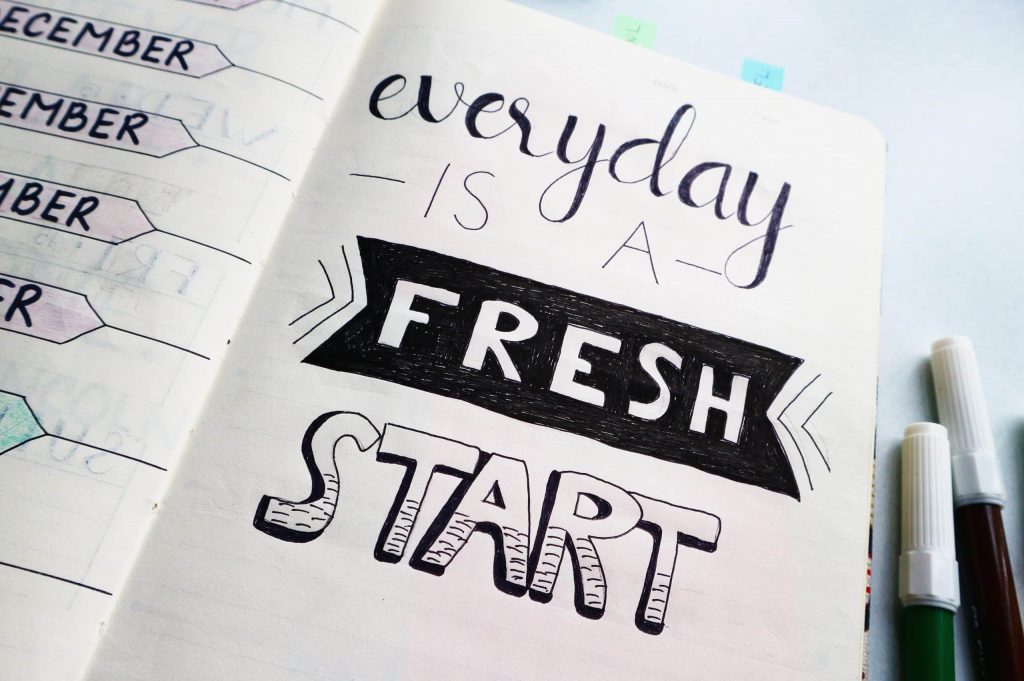Control Your Spending with the 50/30/20 Rule

When trying to control your spending seems like a never-ending battle, I’m here to tell you there is hope. You can simplify your spending and get your finances under control with this simple budget hack. The 50/30/20 rule for budgeting is easy to start and even easier to stick to in the long-term.
After all, what’s the point in creating a complex budgeting system you can’t stick to?
The best budgets start with simplicity – if you don’t understand it or if it takes too long to track your spending, there’s no way you’ll ever stick to it.
That’s why the 50/30/20 budget rule is so brilliant. It’s simple and flexible, and it works for everyone!
Life is complicated enough – budgeting doesn’t have to be. Here’s how you can control your spending, get control of your finances, and simplify your life.
What is the 50/30/20 budget?
With so much advice and how-to swirling around the internet, plus the so-called money-saving hacks that fill your Facebook feed, it’s hard to know what works and what doesn’t.
The 50/30/20 budget is designed with simplicity in mind. It’s impossible tough to calculate different budgets for 20 or 30 different expense categories and try to stick to them every month. Plus, what if the cost of housing in my area is higher than in yours? That throws the numbers way off and it doesn’t make sense.
That’s why this method is so easy.
It focuses on only three main areas of spending: needs, wants, and goals (such as saving money and paying off debt).
And it makes money decisions easy. Wondering if you can upgrade your basic cable package to something with more variety? Look over your “wants” spending and see if there’s room for the extra payment. Want to plan your next vacation? Look at your “goals” and decide if there’s money available to start a vacation fund.
See? It’s that simple.
Getting started with the 50/30/20 budget
Step 1: Calculate your after-tax income.
What is after-tax income? In the most basic sense, it’s the amount of money you take home after taxes (like state tax, local tax, Medicare and Social Security) are taken out of your paycheck.
If you have retirement contributions, healthcare expenses, or other deductions automatically taken out of your paycheck, simply add those back in to get your true after-tax income amount.
Write that number down.
Step 2: Calculate your 50/30/20 budget.
Some basic math will help you allocate your income to the three categories to get your spending under control.
Multiply your after-tax income by 50%, 30%, and 20% to get your new budget for needs, wants, and goals, respectively.
For example, if your after-tax income is $4,000.00:
- Multiply 4,000 x 0.50 to get the amount to set aside for “needs” ($2,000)
- Multiply 4,000 x 0.30 to determine how much you can spend for “wants” ($1,200)
- Multiply 4,000 x 0.20 to get the amount to use for financial “goal” ($800)
Step 3: Review and separate spending habits.
Whether you’ve been tracking your spending or not, you need to review your expenses over the last month or two to get an idea of how much you’re really paying for life’s necessities and how much is being spent on the fun stuff.
If you are tracking your spending, review your records and separate each type of expense into the appropriate want/need/goal category. If you haven’t been tracking your spending, that’s okay – look over your online bank records and statements to see where your money is going.
Divvy up each type of expense into the right category: need, want, or goal.
Then add them up.
How do your final numbers look? Are you overspending for the things you want? Do you have too much money going to debt?
Depending on what your spending habits have been, you may need to make adjustments here. If you are buried in debt, you’ll have no choice but to reallocate some of your “want” money to “goals” so you can pay off your credit cards (or car loans, or other debt).
Using your 50/30/20 budget
As you can see, the 50/30/20 budget makes budgeting easy. The hardest part is separating your “wants” from your “needs.”
Do you need that unlimited cell phone data plan? No, you don’t. And the harsh reality is this expense will fall under your “wants” category.
The same goes for eating out. I know you’re tired and don’t want to cook dinner after a long day at work…. But ordering pizza or hitting up the nearest drive-thru is not a basic life necessity and definitely is a “want.”
What’s the one thing you can’t give up no matter how tight money is?
(For me, it’s internet access at home!)






